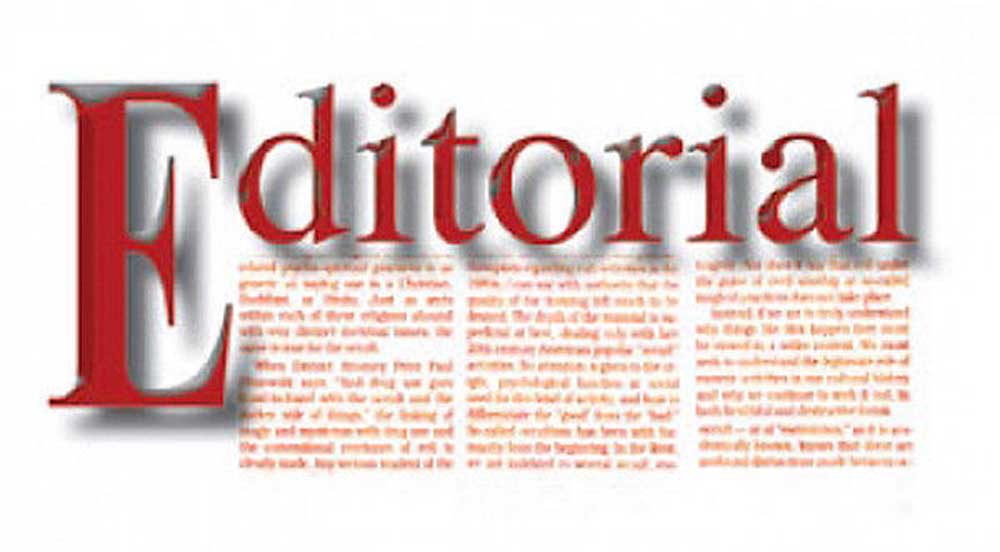Local, state texes also are important
Published 9:24 pm Saturday, November 2, 2013
Fiscal conservatives seem fixated on Washington these days — and they have plenty of reason to be. The Senate seems ready to seek more tax revenues from a “willing” public, according to Majority Leader Harry Reid.
But federal income taxes are only part of our overall tax liability. How much attention do we pay to our local and state tax rates, as well as the many various taxes we pay through utility and phone bills.
Bloomberg news service recently studied local taxes, and found they’re growing — even as pressure from conservatives is having an effect in Washington. The “Reagan Revolution” bypassed “tax fiefdoms,” the news agency finds.
“More than any other state, Illinois illustrates how local taxing bodies flourish across the U.S., whether urban or rural, Republican or Democrat,” Bloomberg reports. “The governments duplicate services and burn tax dollars at the same time states slash money for education and Washington cuts discretionary spending. In Illinois, which has the 11th highest state and local tax burden in the U.S., overlapping government agencies managing everything from mosquito abatement to fire protection collect billions of dollars, employ tens of thousands and consume resources that could help pay pension deficits and $7.5 billion in outstanding government bills.”
But we don’t always notice those “smaller” taxes.
“Taxing districts — parks, libraries, fire protection and others — make their presence known in the small print on tax bills, through property and other assessments,” Bloomberg explains. “Residents in the Cook County suburb of Roselle alone pay into 14 separate districts. Small-government activists such as the Tea Party concentrate on cutting federal and state spending. [Dan] Cronin, a Republican running the second most-populous county in Illinois, said he’s puzzled by their inattention to the growth of local government, calling it ‘an astonishing inconsistency.'”
It’s not an insignificant expense.
On average, state and local taxes (in various forms) gobble up 9.9 percent of an American’s income, according to the Tax Foundation. That’s not as high as the 17 percent the federal government takes, but it’s still substantial.
In East Texas, it’s easy to overlook the numerous taxing entities because property taxes are usually rolled into our mortgages. We pay them as part of our monthly checks to the bank.
Even if we see a tax bill from the Smith County Tax Office, we might only see the total — and not pay attention to the components of that total, which can include the city, the county, the school district, Tyler Junior College, and perhaps the Emergency Services District No. 2 or a municipal utility district.
Nor do we pay much attention to our phone bills, but there are taxes levied there.
That Bloomberg study found many taxing entities, with little supervision, become “little empires,” which rarely go away.
“They’re also often hidden from public view,” Bloomberg found. “Some don’t have their own websites. They schedule their meetings at the same time as county or village board sessions. Others resist inquiries for information, even from elected officials.”
Let’s keep an eye on Washington. But let’s not lose sight of taxes closer to home.







